decoding power: alternators and generators
- By BISON
Table of Contents
In the modern age, power generation has become an essential cornerstone of our daily life. It fuels our homes, drives our industries, and powers the devices that keep us connected to the world. At the heart of this power generation are two critical components: the alternator and the generator. But what is the difference between a generator and an alternator?
Understanding the difference between an alternator and a generator is more than academic intrigue; it’s a practical necessity. Whether you’re a homeowner seeking to ensure reliable power supply, an engineer designing electrical systems, or simply someone curious about the world of electricity, understanding these differences can provide valuable insights.
So, what makes an alternator different from a generator? In this guide, we’ll learn the basics of generators and alternators. We’ll see the components of generators and alternators and learn how they work. Along the way, we’ll also find out the difference between a generator and an alternator.
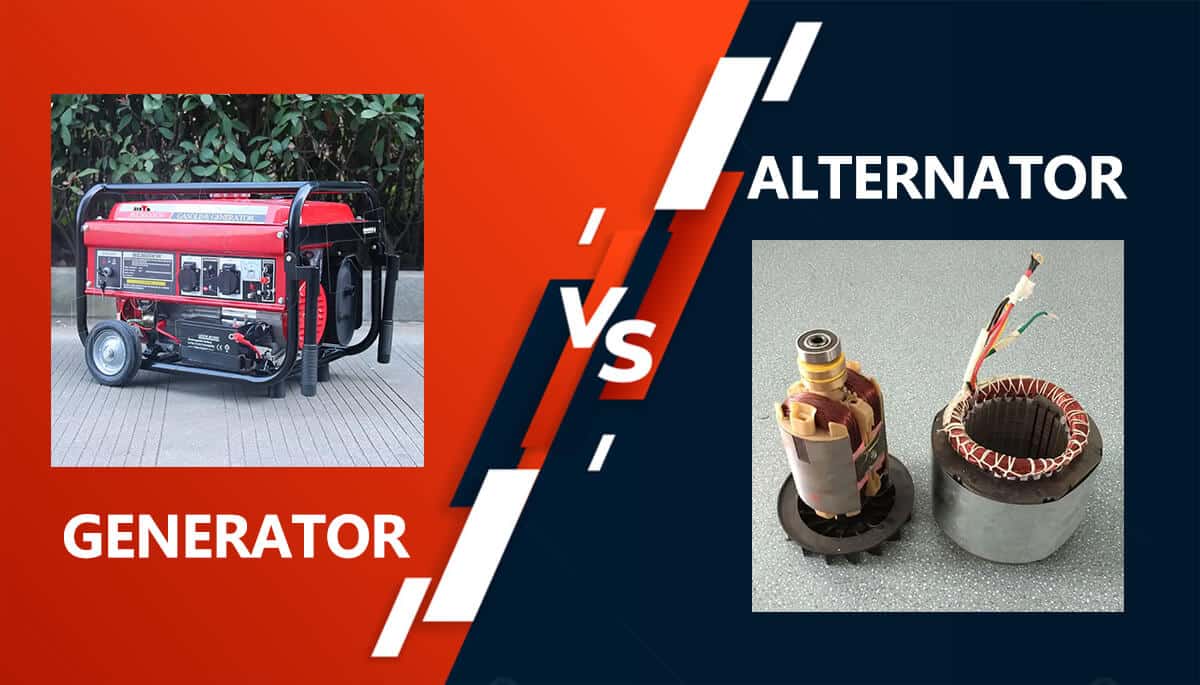
Understanding generators
Definition and working principle of generator
A generator is a device that converts mechanical energy into electrical energy. It uses the principle of electromagnetic induction to do this. Here’sHere’s how the generator works.
A generator usually consists of a rotating armature and a set of stationary conductive coils called a stator. An external power source such as a steam turbine, internal combustion engine, or wind turbine drives the armature.
Using permanent magnets or electromagnets, an alternator creates a strong magnetic field around the conductive coils of the stator.
As the armature rotates, it passes through the stator’s magnetic field. This motion induces a voltage in the conductive coils of the stator, which produces an alternating current (AC) output. Also, you can use a rectifier to convert it to a direct current (DC).
Overall, a generator is a complex piece of equipment that requires precise engineering and manufacturing to ensure it produces reliable and consistent power.
Various sources, including gasoline, diesel, natural gas, or renewable energy sources, such as hydroelectric power or wind, can power them.
Generator applications
We use generators in various applications, from powering small devices such as portable electronics or emergency backup power to powering large-scale industrial operations or entire communities. Below are some typical applications for generators.
The first and most obvious application for a generator is emergency backup power. We often use generators as backup power in the case of a power outage in homes, businesses, hospitals, data centers, and other facilities. They can keep vital systems running until power is restored.
Construction and outdoor activities also use generators. We use them to provide temporary power for construction sites, concerts, festivals, and other outdoor events requiring electricity.
Ships use generators to provide electricity for lighting, navigation systems, and communications equipment.
Generators are popular in various industrial settings, including mining operations, manufacturing plants, and oil and gas rigs, to provide backup power and remote equipment.
For remote and off-grid power, generators become the primary source of electricity. They typically provide power in remote or off-grid locations, such as remote cabins, campgrounds, and RVs, which do not have access to the main grid.
Components of the generator
A generator is a complex device consisting of multiple components that work together to generate electricity. The following are the main components of the generator.
The engine is the primary source of mechanical energy that drives the generator. Depending on the engine type, you can power it with various fuels, such as gasoline, diesel, propane, or natural gas.
Next, we have the alternator. It is the part that converts the engine’s mechanical energy into electrical energy. It contains the rotor and stator, which generate the magnetic field and current.
For an internal combustion engine, you need a fuel system. It provides the fuel the engine needs to run. It usually includes the fuel tank, fuel pump, fuel filter, fuel injectors, or carburetor.
Most modern generators have batteries that provide the initial power to start the engine. It also helps to stabilize the electrical output of the generator.
The voltage regulator controls the generator’s output voltage, ensuring it stays within a specific range. This is very important to prevent damage to the electrical system and ensure efficient generator operation.
Since the engine is the main component of the generator, it generates a lot of heat which can damage components over time. To prevent this, many generators include cooling systems such as fans or liquid cooling systems.
All these generator components work together to produce reliable and steady electricity. They must be carefully designed and manufactured to be durable, efficient, and long-lasting.
Understanding alternators
Definition and working principle of alternator
An alternator is an electrical device or tool that converts mechanical energy into electrical energy. An alternator has a rotor (a rotating magnet) and a stator (a fixed set of conductive coils). A belt-driven pulley or direct shaft turns a rotor inside a fixed winding called a stator.
As the rotor spins, it creates a changing magnetic field, which induces or produces a current in the stator windings, which is then converted into electricity.
Alternators are commonly used in cars to charge the battery and power the electrical system. They are also used in other applications, such as wind turbines or backup generators.
Alternators have several advantages over generators, including better voltage regulation and higher efficiency. They are also smaller and lighter than generators, making them easier to install and better suited for smaller installations.
Overall, an alternator is a reliable and efficient electrical power source with various applications in modern society.
Components of an alternator
An alternator is a small and relatively simple device with several components that generate electricity. The following are the main components of an alternator.
The rotor is a rotating magnet that generates a magnetic field when current passes or flows through it. This magnetic field induces a voltage in the stator coils, which produces electricity.
Speaking of the stator, the stator is a set of stationary conductive coils surrounding the rotor. The rotor’s magnetic field induces a voltage in the stator coils, which generates electricity.
The AC output of an alternator is usually converted to DC using a rectifier. A rectifier is a set of diodes that allows current to pass or flow in one direction only. This is necessary for most applications because DC power is required to charge batteries and power many electronic devices.
The voltage regulator controls the alternator’s output voltage to ensure it stays within a specific range. This is very important to prevent damage to the electrical system and to ensure efficient operation of the alternator.
The rotor and stator are supported by bearings that allow them to rotate freely. Bearings are usually made of high-strength materials such as steel or ceramics.
Alternator applications
Alternators have various applications, especially in automotive, marine, and industrial environments. Here are some typical applications for alternators:
One of the main applications of alternators is automobiles. We use them in our cars, trucks, buses, and other vehicles to generate electricity for the vehicle’s vehicle’svehicle’s electrical system and charge the battery. They also power different accessories, such as air conditioning, audio, and lighting.
Like cars, we also use alternators in our ships to generate electricity for navigation systems, lighting, communications equipment, and other onboard equipment.
Alternators are popular in various industrial settings, such as construction equipment, manufacturing machinery, and agricultural equipment. We also use them as backup power for emergency lighting, data centers, and other critical systems.
Mechanical renewable energy systems use alternators. Wind turbines and hydroelectric generators have alternators that convert mechanical energy into electrical energy from renewable sources.
Alternators are also standard in military vehicles, aircraft, and ships, providing power to weapons systems, communications equipment, and other mission-critical systems.
Overall, alternators are versatile machines used in various applications requiring electrical power.
Difference between a generator and an alternator
We use generators and alternators to generate electricity, but they operate differently and have some key differences.
Generators use mechanical energy to generate electrical energy. It usually consists of a fixed magnet and a rotating coil. As the coil spins, it travels through a magnetic field, which creates a current in the wire. We typically use generators in power plants, which are driven by steam turbines or other mechanical devices.
Alternators, conversely, also generate electrical energy but convert mechanical energy into electrical energy through a process known as electromagnetic induction. An alternator consists of a fixed magnetic field and a rotating coil. As the coil spins, it creates an alternating current in the wire. We typically use an alternator in a car to charge the battery and power the electrical system.
Some of the main differences between generators and alternators are:
- Voltage regulation: Alternators generally have better voltage regulation than generators. This means they can maintain a stable output voltage better even as the system load changes.
- Efficiency: Efficiency is another critical area where these two devices differ: Alternators are considered more efficient because they only generate electricity when it’s needed. This means less energy waste and makes them ideal for systems that have variable power needs. But, generators run continuously once they’re activated, regardless of the electrical demand. This can lead to unnecessary fuel consumption and energy waste, making them less efficient.
- Maintenance: Generators generally require more maintenance than alternators. This is because the generator’s brushes and commutator wear out over time. It would help if you replaced them when necessary.
- Input supply: The generator takes input supply from the rotor, whereas the alternator takes input from the stator.
- Armature: The armature of a generator is rotating, and in the case of the alternator, it is stationary.
- Output EMF: The output EMF of the generator is almost constant, and the alternator’s output voltage is variable.
- Output: The first major difference between these two devices lies in the type of electrical current they produce: Alternators generate Alternating Current (AC), which periodically reverses direction. However, generators traditionally produce Direct Current (DC) where the flow of electric charge is only in one direction. Besides, the output of the generator is lower than that of the alternator.
- components and design: The internal components and design features vary significantly between alternators and generators: Alternators are composed of a stator (a stationary coil) and a rotor (a rotating magnet). The rotor spins inside the stator to produce electricity. Alternators are also equipped with a rectifier that converts AC to DC. Generator’s basic design includes an armature (a coil of wire that rotates within a magnetic field to induce an electric current), a commutator, and brushes. The construction of generators is generally more robust than that of alternators.
Conclusion
Alternators and generators are both crucial in producing electrical power, but they have distinct differences that make them suitable for different applications.
For instance, the efficiency of alternators makes them ideal for vehicles, where the power demand fluctuates. On the other hand, generators’ continuous power output is beneficial for applications like power plants and backup power systems where a constant supply is vital, regardless of the energy demand.
In this guide, we’ve learned the basics of generators and alternators and how they work. We looked at the basic structure of generators and alternators and some of their applications. We hope this essential guide on generators and alternators helped you understand the difference between generators and alternators.
Most Popular Posts
QUESTIONS?
CONTACT US TODAY.
buy?
Related Posts
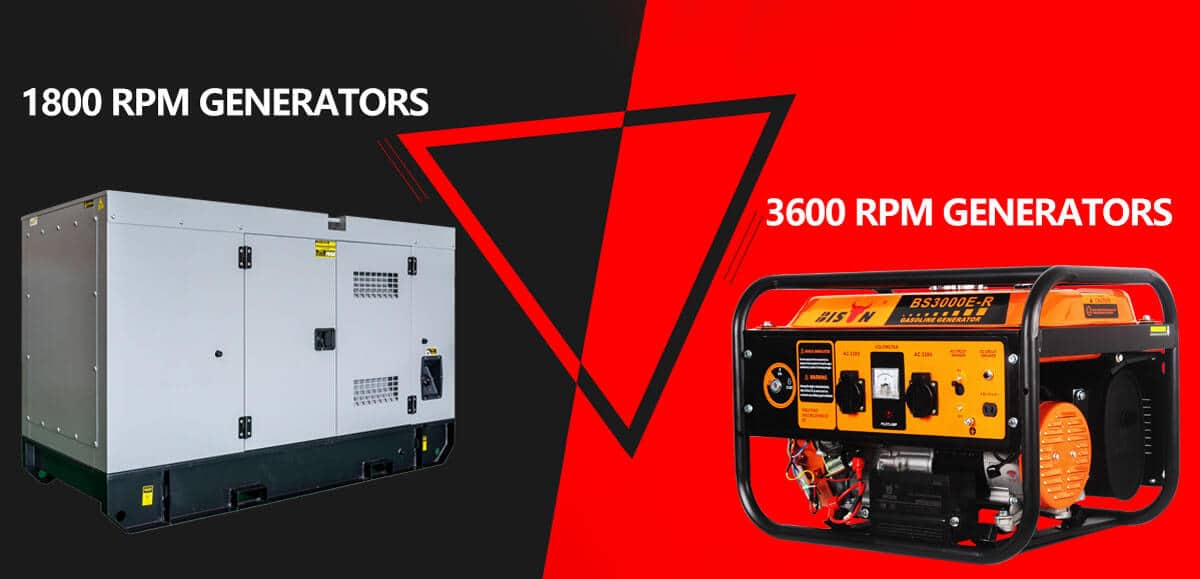
understanding differences: 1800 RPM vs 3600 RPM generators
difference between 1800 RPM and 3600 RPM generators. In this article, BISON takes a closer look at their design, construction, and the technology that drives them…

generators burn oil | why, signs, effects, causes & solutions
BISON will delve into understanding why generators burn oil and what signs to look out for that indicate excessive oil consumption.
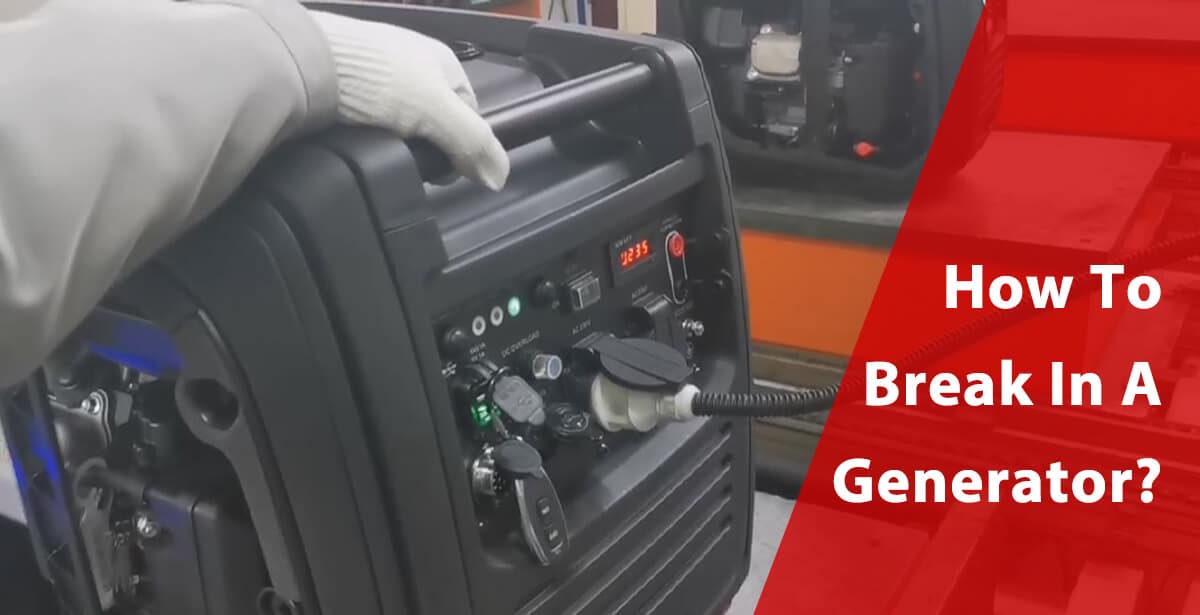
how to break in a generator
BISON will dive into the importance of breaking in your generator, provide a step-by-step guide, and discuss the potential consequences of not performing this critical step correctly.
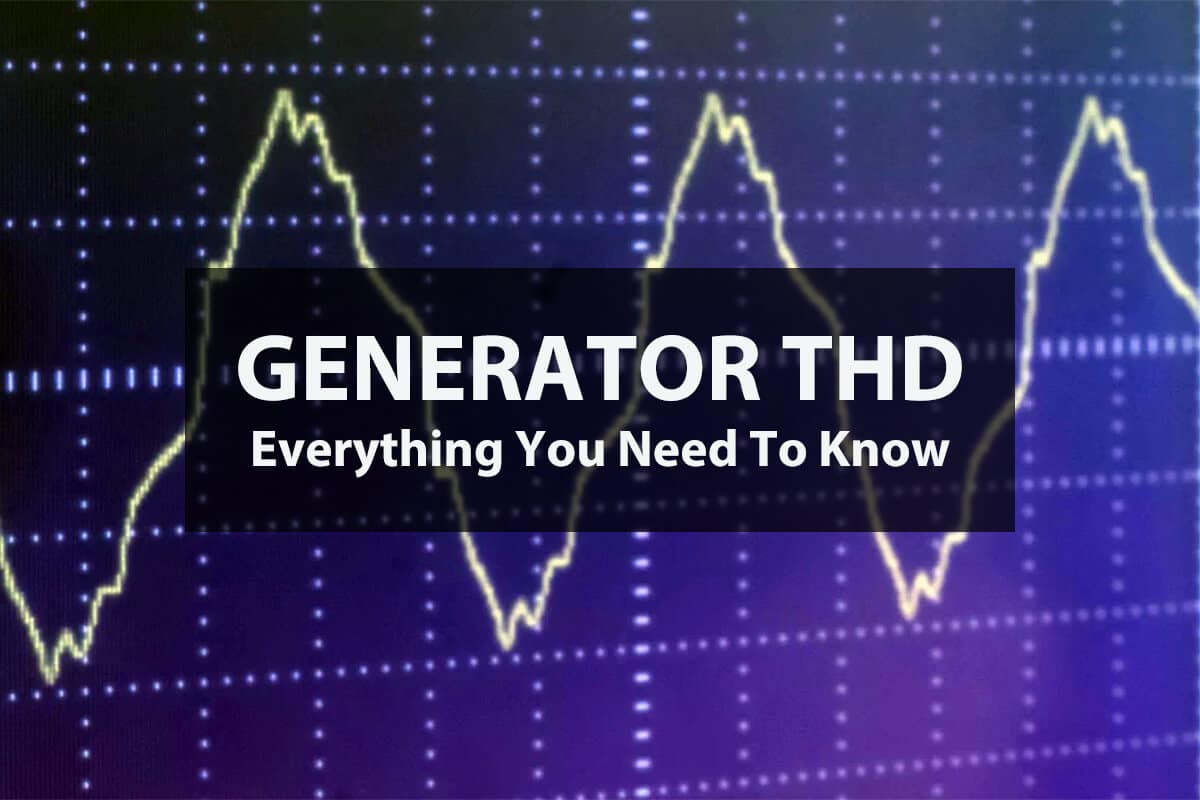
generator THD: everything you need to know
You can learn what total harmonic distortion (THD) is and why it is important, as well as learn more about the effects of harmonic distortion..
Related Products
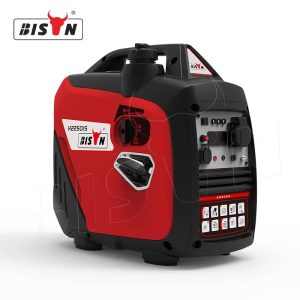
super quiet portable inverter generator
BISON BS2500I is a super quiet and portable inverter generator, perfect for a variety of
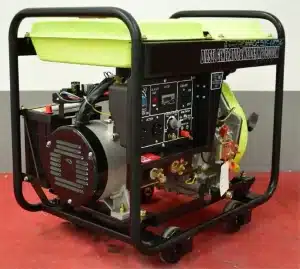
diesel fuel powered portable generator with stick welder
PRODUCT INTRODUCTION BISON diesel fuel powered portable generator with stick welder is a versatile and
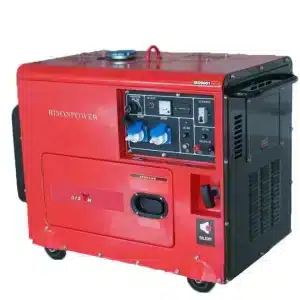
Standby Diesel Generator
Introducing our standby diesel generator, the BS8500SE, engineered to deliver reliable power during critical moments.
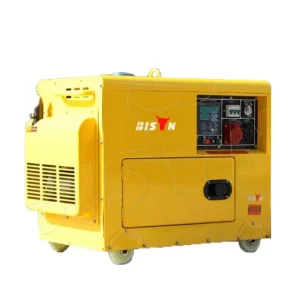
Diesel Generator Heavy Duty
Diesel Generator Heavy Duty – Product Description This one is 380V and the output power
.png)
-qbpqbzxxvtguiuwezisu6wo6j1i29b4m1el1ir1u8o.png)

